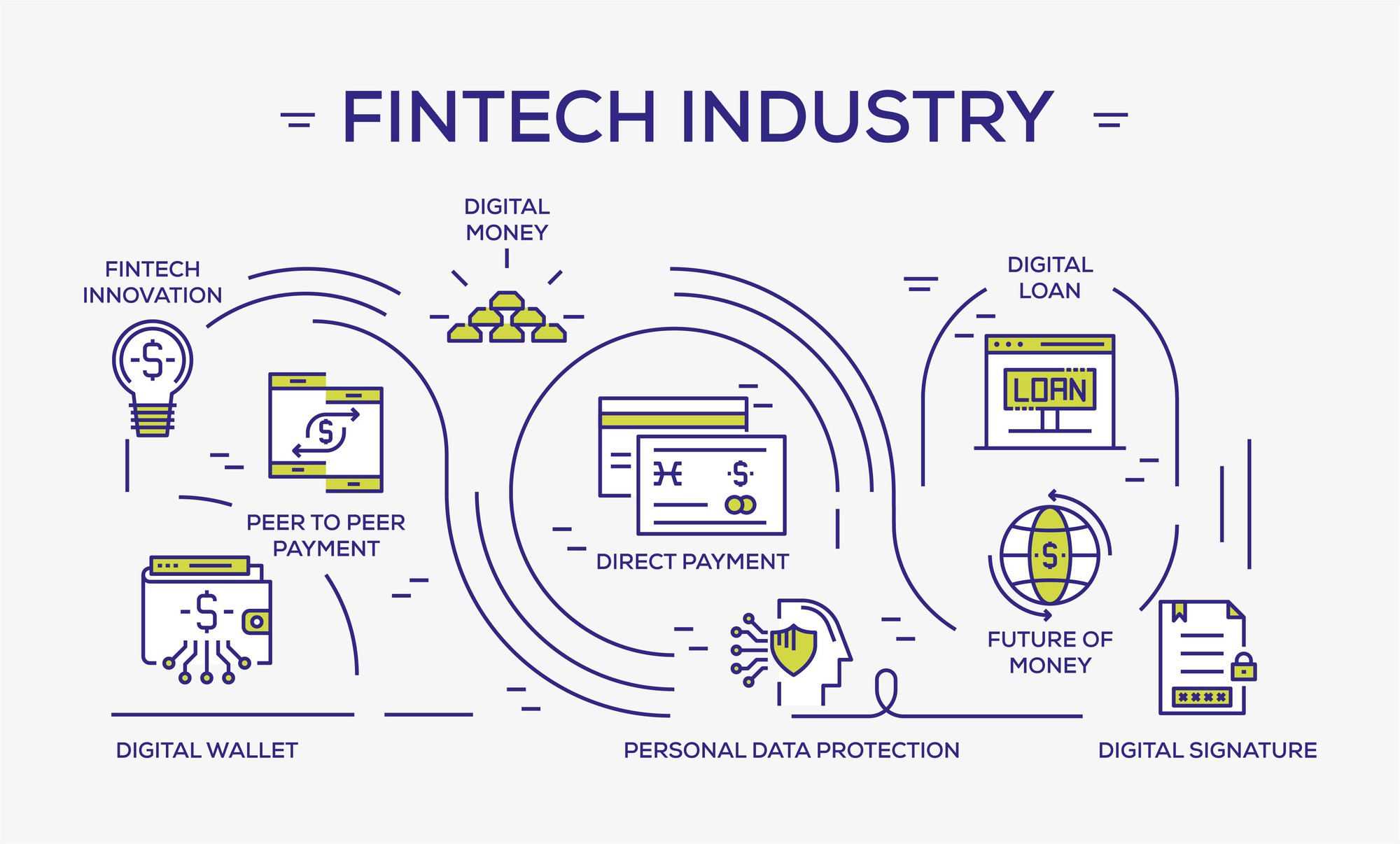India’s fintech sector has witnessed impressive growth, contributing significantly to the global fintech landscape. In 2023, India’s fintech market was valued at US$ 689 billion and is projected to reach US$ 2.1 trillion by 2030. However, the rapid expansion of this sector comes with its own set of challenges, particularly in the realm of data privacy and regulatory compliance. The Digital Personal Data Protection Act, 2023 (DPDP) represents a significant regulatory development aimed at safeguarding user data while promoting innovation.
Key Drivers of Fintech Growth in India
1. Technological Infrastructure and Digital Transformation:
India’s digital ecosystem has become a catalyst for fintech growth, with over 80 crore internet users and nearly 88% smartphone penetration. The 5G rollout, expected to account for 65% of mobile subscriptions by 2029, will further drive the reach of fintech services. The government’s National Digital Health Mission also plays a vital role in integrating technology across various sectors, including fintech.
2. Government Initiatives:
Government-backed initiatives like Digital India and PMJDY have enhanced financial inclusion. By 2025, over 54.58 crore Jan Dhan accounts have been opened, benefiting underserved populations, especially women. This initiative has laid the foundation for fintech companies to reach rural and remote areas, driving the sector’s growth.
3. Unified Payments Interface (UPI):
UPI has revolutionized digital payments in India, with over 500 million transactions processed daily. It offers a simple, interoperable, and low-cost solution for payments, contributing significantly to financial inclusion. UPI's expansion into international markets and integration with credit cards is expected to further cement its dominance in India’s fintech landscape.
4. Digital Lending and Credit Models:
Digital lending has emerged as a major growth area, offering MSMEs and gig workers easier access to credit. AI-based credit scoring models are improving access to financial services for underserved groups. By 2030, the digital lending market is expected to grow from USD 38.2 billion in 2021 to USD 515 billion.
5. InsurTech and WealthTech:
The InsurTech and WealthTech sectors have expanded rapidly, with AI-driven solutions and robo-advisors enhancing the accessibility and affordability of financial products. The WealthTech market is expected to surpass USD 60 billion by 2025, and InsurTech saw a twelvefold revenue growth to USD 750 million in 2023.
6. Embedded Finance and Open Banking:
Embedded finance is transforming various sectors by integrating financial services into non-financial platforms. Open banking, supported by India’s Account Aggregator framework, is enabling secure data sharing, improving access to credit, and expanding financial services. Embedded finance could unlock a USD 25 billion revenue opportunity in India by 2030.
7. Blockchain and Central Bank Digital Currency (CBDC):
India is embracing blockchain technology to enhance transparency and security in financial transactions. The RBI's Digital Rupee (CBDC) pilot, launched in 2022, has already garnered over 5 million users. As blockchain adoption grows, it promises to provide more secure and efficient solutions for financial transactions.
8. Foreign Investment and Startups:
India’s fintech market is a global hotspot, with over 2,500 startups and substantial foreign investment. The country’s large, diverse consumer base and innovative approach to solving financial inclusion challenges make it an attractive destination for fintech investments. India ranks second globally in the number of fintech startups, reflecting its potential to lead in the global fintech sector.
The DPDP Act, 2023:
The Digital Personal Data Protection Act (DPDP) is a landmark piece of legislation that aims to safeguard user data while fostering growth in the fintech sector. It ensures that fintech companies adhere to stringent data privacy standards, providing users with greater control over their personal data. The DPDP is expected to enhance consumer confidence in digital financial services.
1. Informed Consent and Data Processing: Fintech firms are required to obtain explicit consent from users before processing their personal data. The consent must be verifiable, and users should have the right to withdraw consent at any time. This ensures transparency and empowers consumers to control how their data is used.
2. Data Localization and Cross-Border Data Transfers: While data localization requirements ensure that sensitive personal data is stored within India, the Act allows for the transfer of data to foreign countries with adequate data protection standards. This balance supports both domestic data sovereignty and international business operations.
3. Breach Notification and Accountability: In case of a data breach, fintech companies must notify affected individuals and the Data Protection Board within 72 hours. This rapid response ensures that consumers are protected and mitigates the potential damage from data breaches. Regular audits are required to ensure compliance with data protection regulations.
4. Data Deletion and Retention: Under the DPDP, companies must delete personal data once it is no longer required for the specified purpose or if a user deactivates their account. This provision is critical for preventing unnecessary data retention and minimizing risks related to data misuse.
5. Data Protection Impact Assessments (DPIAs): Large data fiduciaries (fintech companies with substantial data operations) are required to conduct DPIAs to assess the potential risks associated with data processing. DPIAs help fintech firms address data privacy concerns proactively and ensure compliance with the Act.
6. Enforcement and Penalties: Non-compliance with the DPDP can result in significant penalties, including fines up to 4% of a company's annual global turnover or INR 15 crore, whichever is higher. This provision underscores the importance of adhering to data protection standards for fintech companies operating in India.
Operational Challenges and Future Outlook
- The rapid growth of India’s fintech sector, while promising, also presents operational challenges. Compliance with the DPDP Act will require fintech companies to invest in robust data protection systems and ensure that their data handling processes meet legal requirements. This includes updating data processing, storage, and transfer practices to align with the Act's provisions.
- Additionally, digital literacy remains a barrier, particularly in rural areas, where users may be unaware of data protection rights. Addressing this knowledge gap will be crucial for driving the success of fintech services in such regions.
- The fintech sector’s growth will also depend on the ability of regulatory bodies to adapt to emerging technologies. As new financial products and services are introduced, regulators will need to update existing frameworks to ensure they are inclusive while maintaining consumer protection.
Conclusion
India’s fintech sector is poised for significant growth, driven by a combination of technological advancements, government initiatives, and evolving regulatory frameworks. While the Digital Personal Data Protection Act, 2023 provides necessary safeguards for consumer privacy, it also introduces compliance challenges for fintech firms. The sector’s ability to adapt to these regulations will determine its future success. With the right legal and operational strategies in place, India’s fintech sector will continue to thrive, contributing to both financial inclusion and economic development.
| Main question: With the increasing penetration of 5G networks and the expansion of Digital Lending, discuss how technology is reshaping the financial sector in India. Evaluate the regulatory challenges these developments pose for authorities. |








